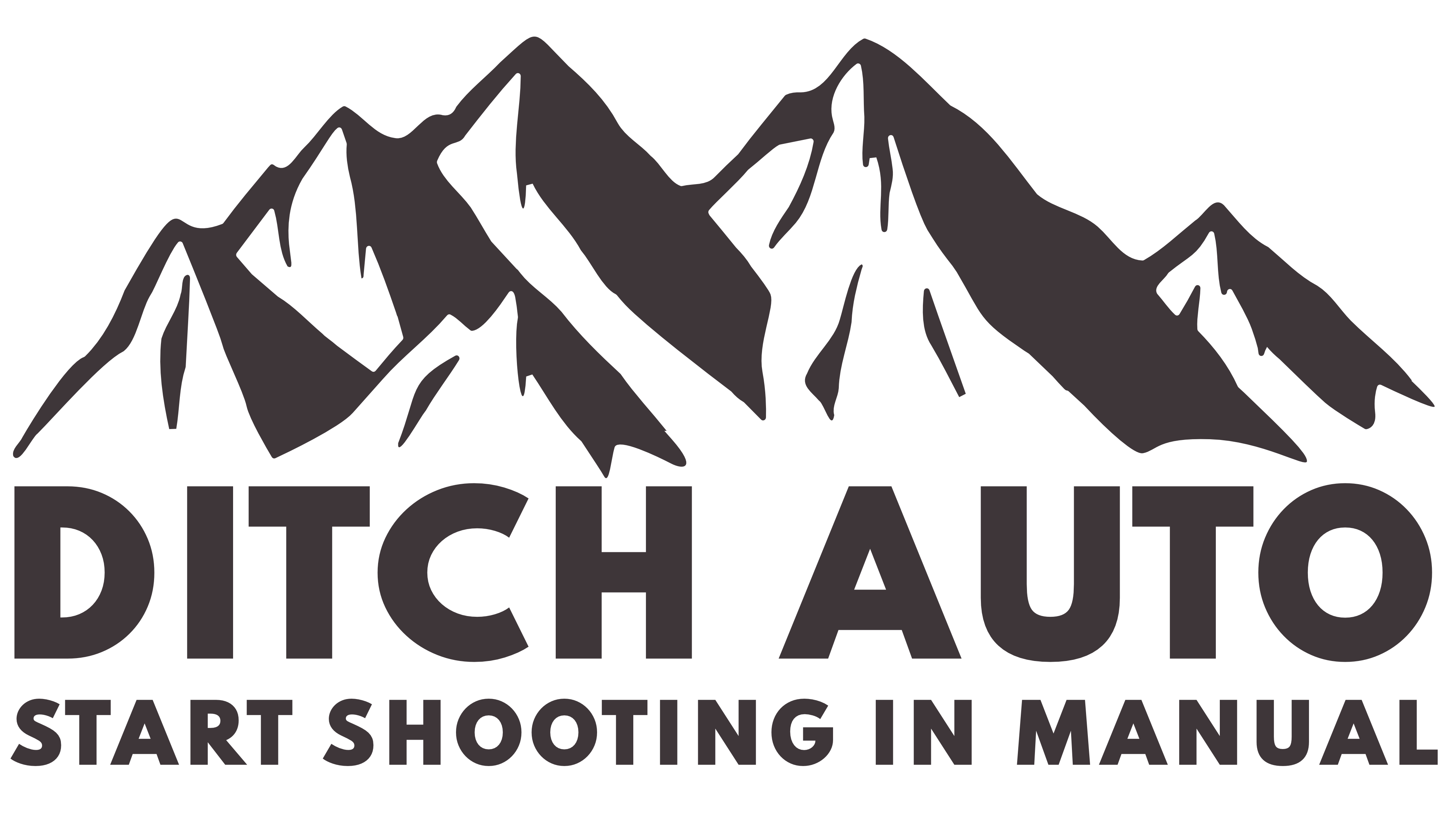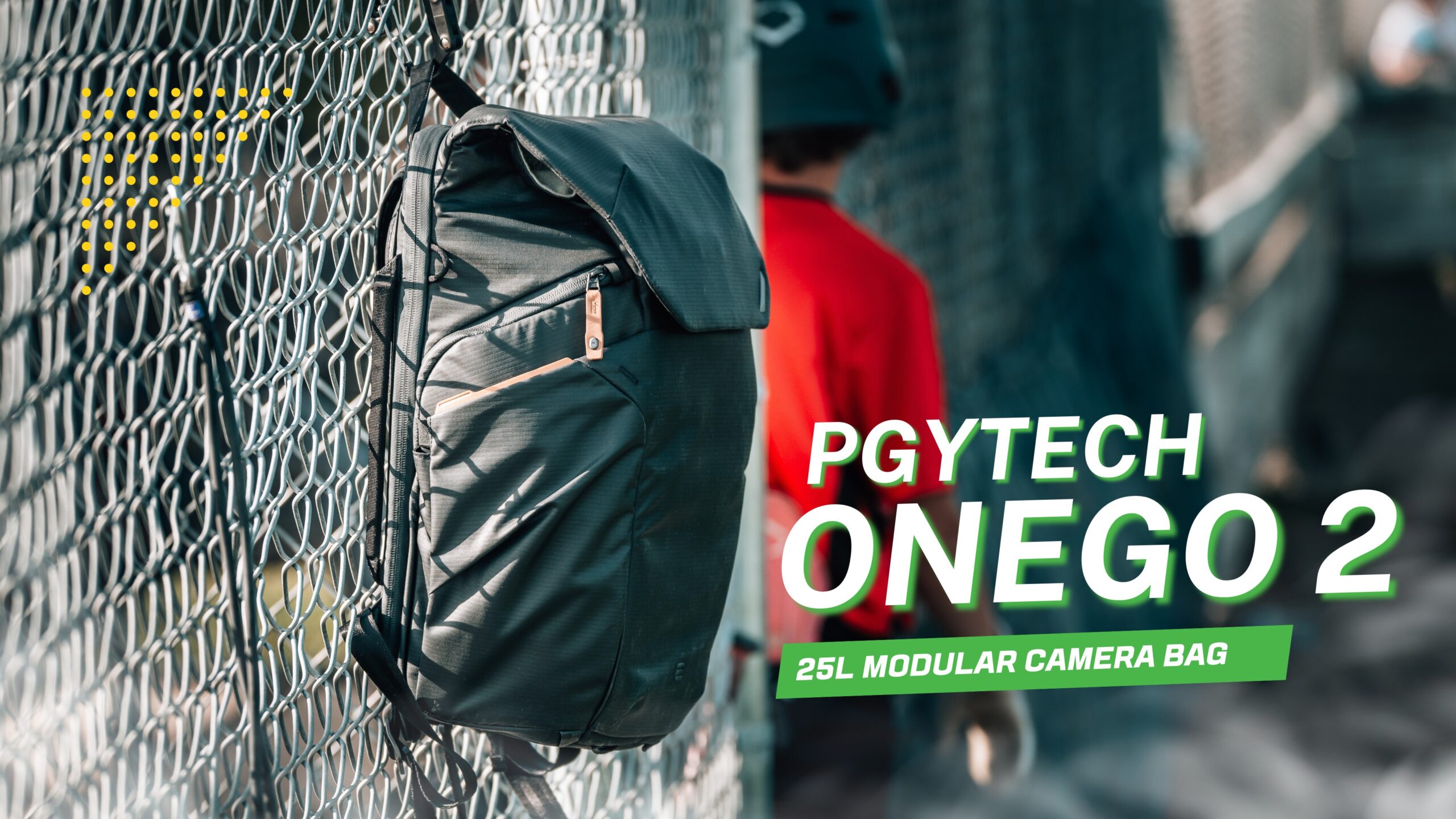The Sony a7 IV and the Canon EOS R6 are both absolute powerhouses. I rented the R6 to test out, and I’ve owned the a7 IV for a while now. Both of these cameras are fantastic and this article is dedicated to diving in to all of their similarities and differences. Before we get started, I wanted to let you know about the courses I’ve created for each of these cameras. If you’ve just purchased one of them, or you are considering purchasing one, these courses will really help you learn the ins and outs of the camera and how you can maximize its potential to get great looking footage. Check the courses out here:
Similarities
Both of these cameras are full frame and mirrorless. Both have 5 axis internal stabilization on the sensor for smooth footage. I’ve found that the stabilization works great on both cameras. Both have flip out screens that can articulate all the way around to see from any angle. Both have mechanical and electronic shutters, the same shooting modes, and dual SD card slots as well. When it comes to shooting, both cameras can shoot 422 10 bit footage in 4k at 60fps and can shoot 120fps at HD quality. Lastly, both cameras are currently listed at $2500 in the U.S.

Main Differences
The first major difference is that the a7 IV produces higher resolution images at 33mp where the R6 produces images at 20mp. On the other side, the R6 has faster continual shooting. If you throw the cameras in continuous mode to shoot fast things like sports, the R6 will shoot much faster at 12fps with the mechanical shutter while the a7 IV will only shoot about 10fps. If you switch the R6 to the electronic shutter, that will go up to 20fps.
Another important distinction is the record limit. The a7 IV has no limit, which means you can hit record on a video and it will run until the battery dies. The R6, on the other hand, has a 30 minute record limit. This isn’t necessarily a huge deal, but it can be a bit frustrating when the filming constantly stops and you have to manually restart it.
I mentioned before that both cameras have dual SD card slots. The main difference here is that one of the slots on the a7 IV accepts Cfast express type a cards as well. This is a very new type of SD card that is extremely fast and powerful.
As far as on-screen information, the a7 IV wins again, by offering much more valuable information on the screen that the R6 doesn’t. This seems like a small detail to mention, but knowing how much recording time you have left available on your SD card is a great piece of information that the R6 lacks.
My Experiences
First, let’s talk about my experience with the Canon R6. I used to shoot with Canon DSLR cameras, a long time ago, and shooting with this camera has felt reminiscent of that. I’ve enjoyed it quite a bit. Not only is Canon’s newer mirrorless lineup amazing, the lenses they have created to go along with the cameras are fantastic as well.

Below you’ll see a variety of photos that I’ve taken with the R6 to show you just how powerful this camera is.






One thing I have noticed about the R6 is that the focus can be a little jumpy at times. It’s almost as if the camera has a bit of focus anxiety, constantly trying to find the perfect thing to focus on. The focus tracking is fantastic however, and every time I tap on the screen to choose a subject, the camera does a great job tracking and focusing on that subject. I also love the ergonomics of the R6. It fits in my hand better than any of the Sony cameras I’ve had. The R6 has a little bit more body to hold on to. While the body is slightly bigger, I can’t tell a difference in weight between the R6 and the a7 IV. I also really appreciate the familiar Canon menu system and button layout. It’s similar to how Canon has always made its cameras, and it’s nice to have that familiar consistency.

The only button that I find a little awkward is this lock button on the top of the device.

Again, this is not a huge deal, but I found that I often accidentally ended up hitting this lock button instead of the record button, which is similar in size and location. The other issue I found with the R6 is that you really need to have a very fast SD card to be able to use its full video capabilities. While the a7 IV can record at its highest resolution and frame rate with a slower SD card, the R6 struggled quite a bit. I ended up needing to use a V90 card just to record 4k video at 24p. Without the faster SD card, the R6 would frequently stall and stop recording.
Now let’s talk about my experiences with the Sony a7 IV. I love this camera, and have been filming and shooting just about everything with it for a while now. Sony is always impressing me with how they improve their cameras each model.

The a7 IV is no exception. The auto focus is great, the increased resolution is great, and overall, this is just a fantastic camera. The a7 IV doesn’t have the same jumpiness with the focus that the R6 has. The focus is smooth, fast, and accurate. As I mentioned earlier, I also love the fact that the a7 IV displays so much great information on the display like knowing which recording format I’m in and knowing how much record time each of my SD cards have left.

In my recording tests, testing both video and photography usage, I found that the a7 IV has a better battery life. The difference in batteries between the two cameras aren’t massive, but they are noticeable. Here are some photos from the a7 IV for you to compare:



Which Camera Should You Choose?
Keep in mind, the gear is not always as important as your understanding of the gear. If you know how to utilize a camera well, you will be able to capture incredible footage with either of these cameras. The first thing to note is what gear you currently have. If you own a lot of Canon lenses already, you will likely be better off going with the R6. If you own a lot of Sony gear, go with the a7 IV. If you don’t have any gear yet, it’s all going to come down to ergonomics and features. Currently, Sony has more lens options for its mirrorless lineup than Canon has for its. If having a lot lenses is important to you, consider going with the a7 IV. If you are enticed by the fast capture capabilities of the R6, go with that option. The best thing for you to do here is to consider which features are most important to you and then to choose whichever camera fits those needs the best.
Final Thoughts
Overall, you can’t go wrong with either of these cameras. If you learn how to use cameras properly, you’ll be able to do great things with either option. In my official opinion, given that both of these cameras are the same price, I feel that the Sony a7 IV brings a little more value to the table than the R6. If these cameras are too expensive for you, you may even consider the Sony a7 III. The a7 III is also a powerhouse of a camera, and it comes at a significantly lower cost.
If you’re interested in learning more about the a7 IV and the R6, check out these videos on the Gear and Light YouTube Channel:


